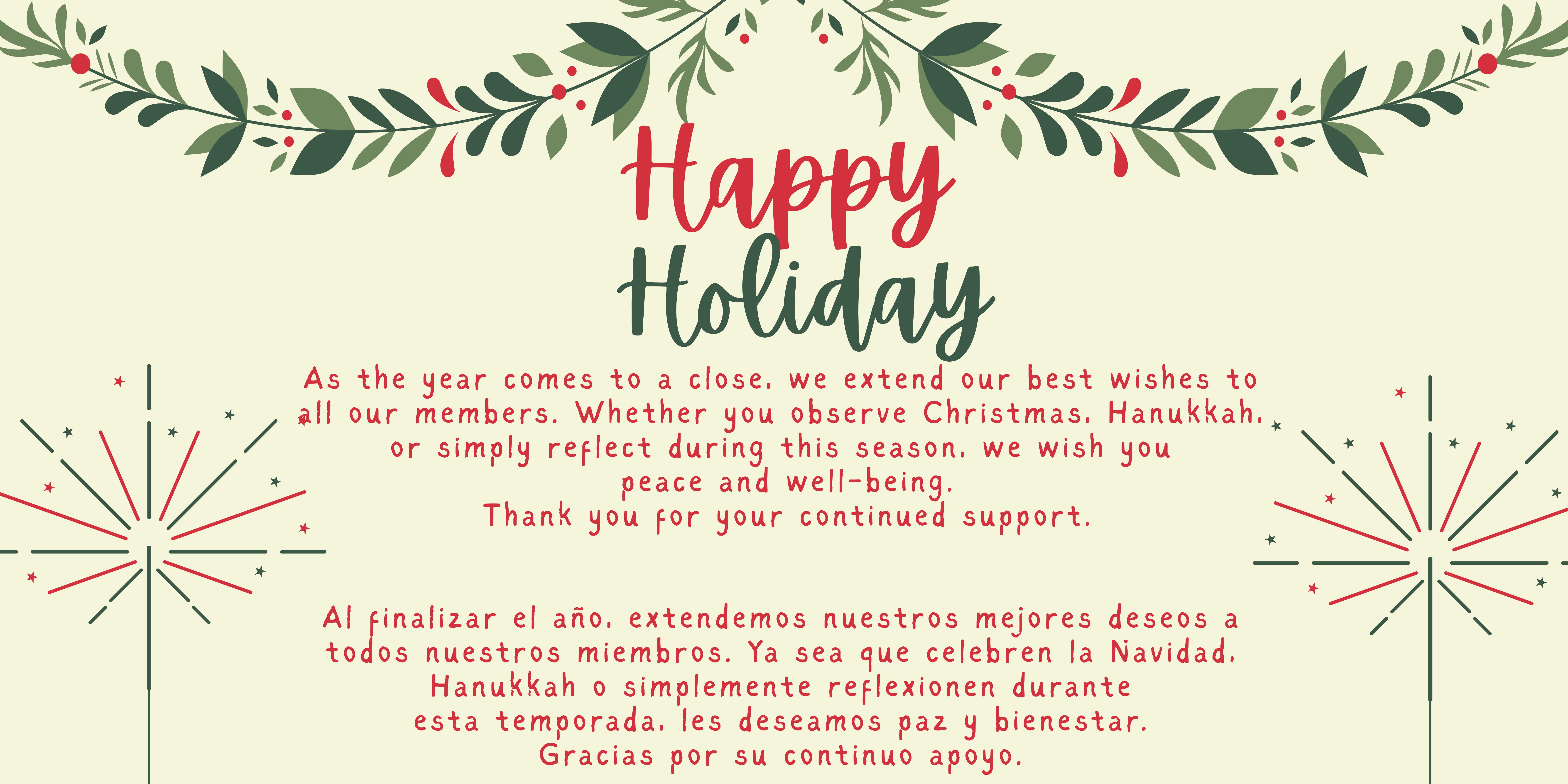What are DBT Life Skills? • These healing strategies are adapted from Dialectical Behavioral Therapy (DBT). • One of the main foundations of DBT is mindfulness or the practice of being present. • DBT is an approach that incorporates the mind, body, spirit, thoughts, and emotions. DBT encourages taking a dialectical stance (the practice of holding two truths; I care about my mother and think she is great, AND her bossing me around is something I do not like about her), and it involves learning to live in the grey area and accepting uncertainty, instead of a black and white world. • What makes DBT unique is that it can be adapted to different context, which means that it can be tailored to an individual’s unique life circumstances. Painful Emotions and DistressEveryday life skills are especially important when experiencing painful emotions and distress, like when one feels overwhelmed or when our sense of physical, emotional, and/or psychological safety is being threatened. It is possible that many of our community members are experiencing painful emotions and distress as the result of uncertainty and anticipation of changes to immigration policies and stress from the COVID-19 pandemic. Therefore, it is important to engage in everyday skills to build resilience against negative emotions, experiences, and outcomes. Purpose of Everyday Life Skills • Everyday Life Skills strengthen our ability to:
Considerations for Developing Everyday Life Skills Immigrant communities often experience invalidation from their environment (e.g., anti-immigrant policies). One of the main roots of everyday skills centers on the practice of self-validation (accepting one’s own internal experience), which can be helpful when living or simply existing in an environment that is invalidating. It means learning to take care of you! By engaging in daily practices of self-validation, one contributes to their own self-esteem and self-confidence. This will strengthen emotional armor against negative experiences, feelings of rejection, and painful emotions. By working on everyday skills, we are also preparing ourselves to be effective and ready to move effectively when and if a crisis occurs. The following behavioral skills are meant to help you solve problems and attain outcomes in a skillful and effective manner. Skills to manage painful emotions, which are meant to be practiced every day, include: (1) building mastery and (2) taking care of the mind and body. Skills to strengthen our ability to effectively survive crisis, which are meant to be used when in distress, include: (1) self-soothing, (2) radical acceptance, (3) improve quality of moment, and (4) distracting the wise mind accept. Prepared for NLPA and UWD by Oscar F. Rojas Perez and Frances R. Morales. For further information, please contact [email protected]
ECHO 3: Everyday Life Skills 1
ECHO 3: Everyday Life Skills 2Reduction of Emotional PainEmotion regulation refers to enhancing control of emotions, while still accepting that complete emotional control cannot be achieved. While experiencing emotions is necessary and part of life, we can learn to get greater control and reduce the intensity of unpleasant emotions. Building mastery Accumulating positive experiences, feeling competent, and adequately prepared for difficult situations reduces vulnerability to negative emotions. Accumulating positive emotions can be accomplished in a number of ways, and over time, it improves one’s sense of resilience. Mastery refers to doing things that make you feel competent, confident, in control, and capable. Building a sense of mastery and competence can help a person more effectively deal with painful emotions. Coping ahead consists of figuring out which situations are likely to cause someone difficulties, and then developing a plan ahead of time for how to cope with expected difficulties and also imagining being in the situation and coping effectively. Cope ahead is useful in any future situation where you may feel afraid or where there is a potential threat. Taking care of the mind An out-of-balance body increases vulnerability to negative emotions. Being sick lowers resistance to painful emotions. The healthier you can become, the better able you will be to regulate emotions. Also, try to eat the amounts and kinds of foods that contribute to positive emotions—not too much or too little. Both overeating to the point of feeling uncomfortable or not eating enough can increase vulnerability to painful emotions. Alcohol and drugs, like certain foods, can lower resistance to painful emotions. Thus, do not use illicit drugs and use alcohol only in moderation, if at all. Try to get the amount of sleep that helps you feel great—not too much or too little, ideally between 7 and 9 hours. Maintaining a consistent sleep schedule is important, especially if you generally experience difficulty with sleep. Lastly, a regular exercise routine can help build mastery. Overall, if you can use these skills to take care of your body, you will increase emotional resilience. Coping with distressDistress tolerance is the ability to tolerate and survive crisis situations without making things worse. Also, these skills teach us how to accept and fully enter into a life that may not be the life we hoped for or wanted. Self-soothing skills Self-soothing is being comforting, nurturing, peacemaking, gentle, and mindfully kind to oneself. Self-soothing activities reduce vulnerability to painful emotions and to act impulsively. These skills help people tolerate pain and distress without making things worse. Self-soothing strategies engage the five senses: vision (e.g., looking at pictures of family or loved ones), hearing (e.g., listening to a favorite song or meditation), smell (e.g., smelling a warm cup of chocolate Abuelita), taste (e.g., enjoying a favorite candy or chocolate bar), and touch (e.g., petting a furry animal). Radical Acceptance The goal of acceptance is to reduce suffering and increase freedom when painful facts cannot be changed immediately, if ever. By doing so, you can take a proactive and effective approach to overcoming the crisis. Radical acceptance is a holistic acceptance, complete and total acceptance, from deep within, of the facts or reality. Acceptance is often misunderstood as approval (it is not) or as being against change (it is not). Acceptance involves acknowledging facts that are true and letting go of a fight with reality. Accepting reality can free us from bitterness, anger, sadness, shame, and other painful emotions.
ECHO 3: Everyday Life Skills 3
Improve quality of momentImproving the moment is particularly useful when one is feeling overwhelmed due to a stressful situation that may be long-lasting, or when distracting activities and self-soothing are not working. Improving the moment means replacing immediate negative events with more positive ones by making the moment more positive and easier to tolerate. Improving the quality of the moment can be accomplished through: • Imagery – Using imagery, one can create a situation different from the actual one; in this sense, it is like leaving the current situation. With imagery, one can be sure that the imaginary place they go to is safe and secure. Going to an imaginary safe place or room within oneself can be very helpful. • Meaning – Finding or creating meaning helps many people in crisis. We as humans search for meaning, people need to find or create meaning from challenging situations in their lives to survive terrible suffering. • Prayer – The essence of prayer is the complete opening of oneself to the moment (note that the suggested prayer is not one of begging to have the suffering or crisis taken away, nor is it a “why me” prayer). • Relaxation – The emphasis is on directly modifying how the body is reacting to stress. The key here is to select activities that ordinarily have the effect of calming us down. When you are relaxed, it is usually far easier to resist temptations to engage in crisis behavior; being relaxed gives individuals time to think and review the pros and cons of the situation. • One thing at a time – Simply think of one thing in the moment, asking - what needs to happen first, second, third, and so on. When we have too many thoughts and many things going on, it is difficult to be effective and get to our goal. It is important to keep in mind that in the moment of pain or crisis, our objective is to survive it - “just this moment.” We do not want to bring up “what if” we could of done it different or past memories that will interfere with acceptance and contribute to future suffering. • Vacation – Taking a vacation from adulthood is coping by retreating into oneself or allowing the self to be taken care of for the moment. We all need vacations and the key here is to make them brief. It should only last from a few moments to no longer than a day. The idea here is taking time out to regroup. • Encouragement - This is cheerleading oneself and rethinking situations. The idea is to talk to ourselves as one would talk to someone we care about who is in a crisis. Distracting with wise mind ACCEPTWhen emotional pain becomes so great that you feel overwhelmed by it at work, at school, or at meetings, it may be more effective to distract yourself from the feelings in the moment instead of fully experiencing them. One can also use distraction when a problem occurs that cannot be immediately solved, and urgency to solve the problem right now is making it very difficult to focus on anything except the crisis. When one is in a crisis, distraction can help avoid dangerous behaviors, but distraction can easily be overused. It is important not to use it as a routine method of avoiding painful emotions. There are seven sets of distracting skills. • Activities – Engage in activities that are neutral or opposite to negative emotions and crisis behaviors. These can work to reduce impulsive urges and distress by distracting attention and filling short-term memory with non-crisis-oriented thoughts, images, and sensations. • Contributing – By focusing on somebody else’s well-being, we refocus attention from ourselves to others and what we can do for them. Participating fully in the experience of helping someone else can make people completely forget their own problems for a while. For some people, contributing also increases a sense of meaning in life.
ECHO 3: Everyday Life Skills 4
• Pushing away – Pushing away from a painful situation can be done by leaving it physically or by blocking it from one’s mind. Leaving the situation decreases contact with its emotional cues. • Thoughts – Distracting with other thoughts fills short-term memory, so that thoughts activated by the negative emotion do not continue to reactivate the emotion – for example singing a song in your head • Sensations – Intense, different sensations can focus attention on something other than the emotional distress, its source, or its crisis urges. Holding ice cubes, in particular, can be very helpful.
Source: Linehan, M. (2014). DBT skills training manual (2nd ed.). The Guilford Press. |
||||||||||||||||






